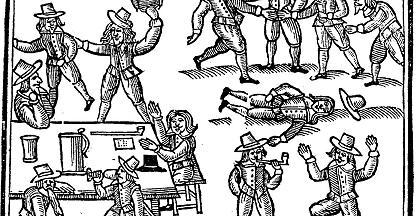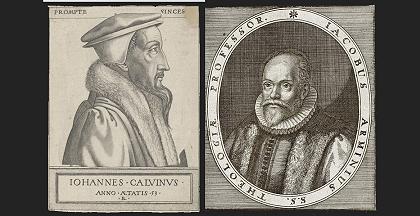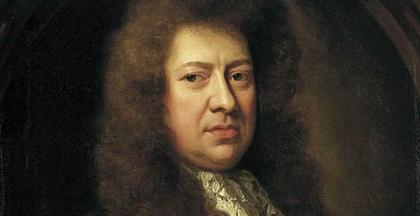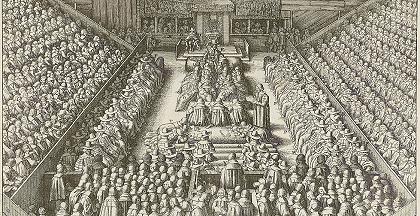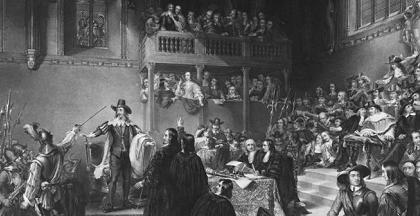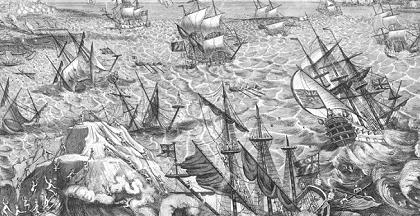Stuart History Articles
The Stuart period in British history was a time of political turbulence, marked by civil wars, religious disputes, and the Glorious Revolution. This era brought about profound changes in monarchy and governance, shaping the future of British constitutional law.
Monarchs Behaving Badly: James I and the Visit of Christian IV of Denmark
James I of England (and VI of Scotland) has not always had a good reputation. Known as ‘the wisest fool in Christendome’, he was considered slovenly, his tongue was reportedly too big for his mouth, making him both a messy eater and occasionally difficult to understand, and he took too personal an interest in people’s private affairs.
Ten Facts You Might Not Know about Samuel Pepys
Samuel Pepys is best known for his diary, which he kept from 1660 until 1669, when he gave it up over fears of his eyesight failing.
The Puritan Threat?
Since the establishment of the Church of England under Elizabeth I, a myth has been built up - and perpetuated by historiography - that showed puritans as a dangerous group, seeking to turn the world upside down, to destroy the sacred position of the monarch as head of the church, and to question all divine-right authority. But were puritans really that much of a threat?
Peeping Sam? The Affairs of Samuel Pepys
Pepys’s diary is remarkably frank when it comes to his pursuit of love. Between 1660 and 1669 he recorded his daily life, including his interest in over twenty women who weren’t his wife, and much of what he wrote was so explicit that editors before the 1970s refused to publish it.
Late Tudor and Early Stuart Parliaments
That by the early 1640s parliament’s relationship with the king had become so oppositional it was unworkable is obvious, but what is less obvious is how it came to be so: had there been a ‘high road to civil war’, evident in the increasingly adversarial parliaments of Elizabeth I and James I? Or was the collapse of relations the result of a series of unfortunate events and personality clashes?
The Trial and Execution of Charles I
30 January 1649 was bitterly cold. It was enough to make Charles I, King of England, don two shirts: he didn't want the crowd to see him shivering as he was led to his place of execution. Charles' downfall had come about through unsuitable personality traits, bad decisions made in difficult circumstances, and disagreements with powerful men and their factions.
The Great Storm of 1703
On the night of 26 November 1703, what has been described as the worst storm in the history of the country hit Britain. Over the next eight hours, it reaped terrible damage across Wales and the south of England, and in its wake were thousands of trees blown down, fleets of ships destroyed, thousands of lives taken, and significant sums of money, in the form of goods, houses, churches, land and animals, washed away.

